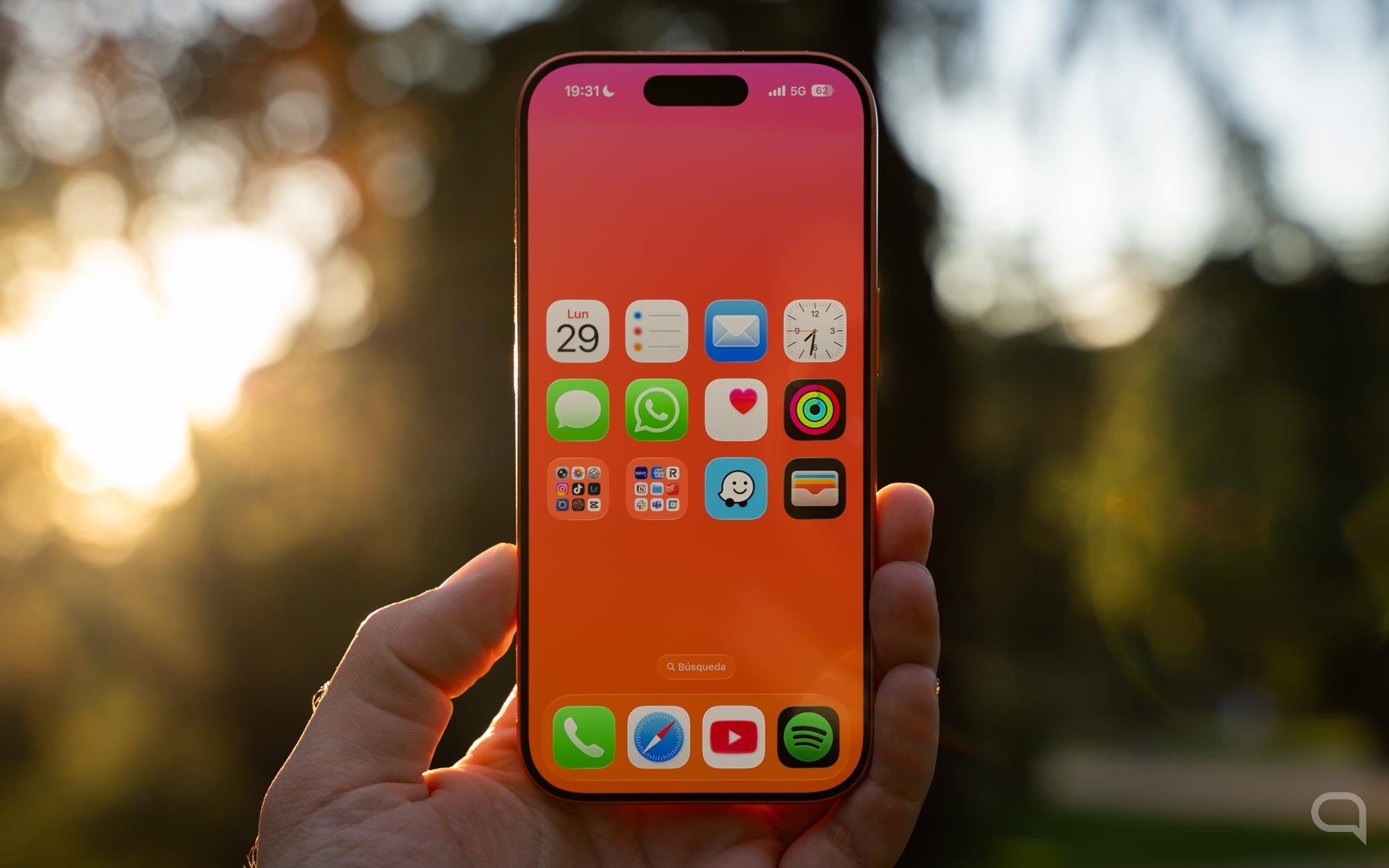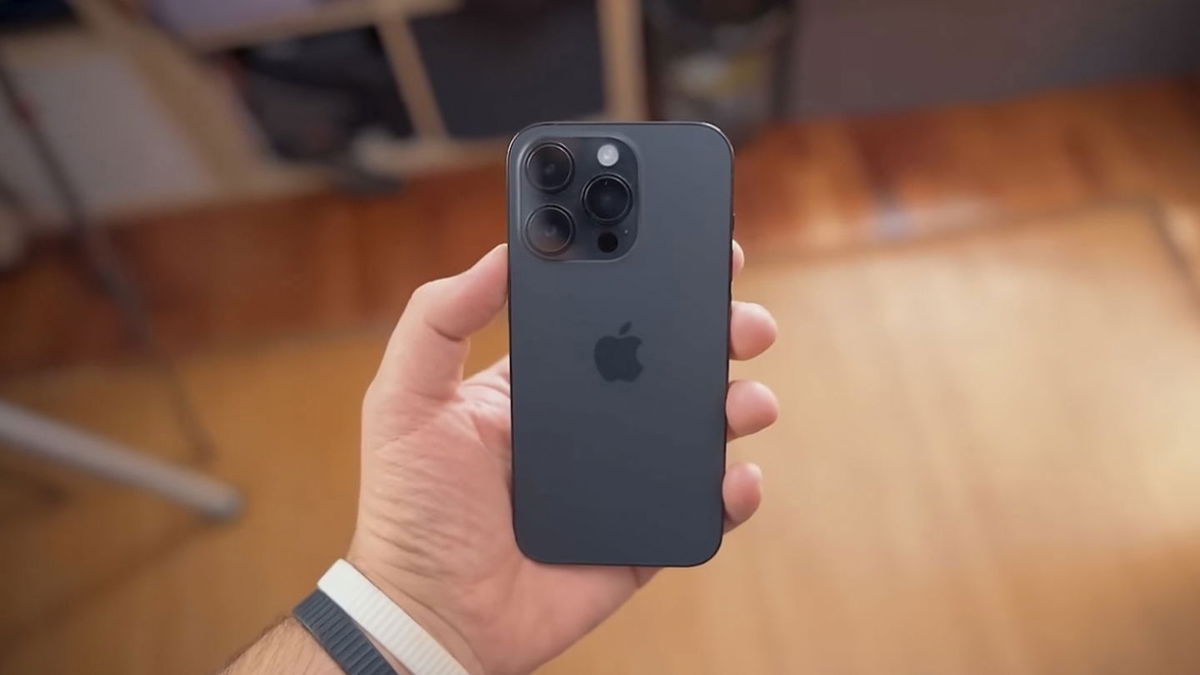The conglomerate of companies has successfully conducted field testing in a real-life environment of hollow core optical fiber, also known as “hollow core” optical fiber.
Unlike “traditional” fiber optics, in which light travels along a glass “backbone cable,” “hollow core” fiber transmits data through a tiny, empty central space within the cable.
By directing light through this hollow core, it travels nearly 46% faster than solid cores of conventional optical fibers, resulting in lower transmission latency. Additionally, reduced interaction between the optical signal and the fiber structure allows for greater power transmission and reduced nonlinear effects of traditional optical fiber.
Although this is not a particularly new technology, the difficulties of its production and the complexity of the required microstructures have delayed its use. That changed in late 2020 when a team of experts from the Optoelectronics Research Center at the University of Southampton in the UK described a new hollow optical fiber design that, broadly speaking, involves placing multiple hollow cores inside a larger optical fiber. cable.
Key latency reduction
Now, field trials conducted by Iyntia, Nokia, OFS Furukawa Solutions and Digital Reality (Interxion) have demonstrated not only the technology’s usefulness and viability, but also very striking results, including a 30% reduction in latency compared to traditional fiber optic cables . .
Test, describes Iyntia, was carried out between two nodes located at a distance of 1386 kilometers between Paris and Madrid. The results, he notes, showed 4.287 microseconds with a deployed throughput of 6×100 Gbps with a single 600 Gbps lambda and 10×10 Gbps with a single 100 Gbps lambda.
Before field testing, it was conducted in laboratory conditions, where data transfer rates of 800 Gbps and 1.2 Tbps were demonstrated.
According to Aintia, at the moment the most likely application for this type of technology will be interconnection between data centers, where reducing latency is a critical aspect of the operation. Hollow optical fiber can be especially useful for research purposes, such as using high-precision sensors to measure frequency and time.
However, Nokia does not rule out that hollow fiber optics will reach ordinary users. “With this new technology, operators will be able to push the boundaries of ultra-coherent performance, delivering network scalability and service coverage while delivering more sustainable growth,” said Rafael de Fermín, Senior Vice President, Infrastructure, Nokia European Network.
Source: Digital Trends
I am Garth Carter and I work at Gadget Onus. I have specialized in writing for the Hot News section, focusing on topics that are trending and highly relevant to readers. My passion is to present news stories accurately, in an engaging manner that captures the attention of my audience.












